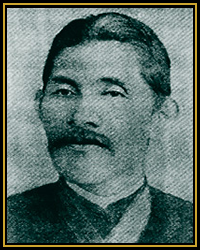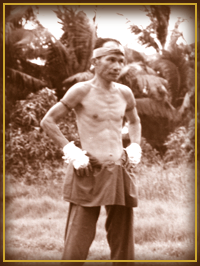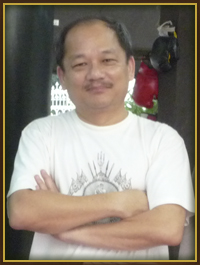Muay Chaiya, or any form of Thai boxing, is not just a way to express the cultural beauty of Thailand or just to be fought on stage but it is a precious heritage passed down from generation to generation. Throughout the history of Thailand, the great warriors of the past had all at some point practiced Muay Thai before they picked up swords to ward off the invaders. Therefore, Muay Thai signifies safety and security for the lives of those who practice it and another proof of the efficiency of Thai martial arts is the independence that Thailand has always maintained until now. Since Muay Thai emphasizes safety one has to be very cautioned and precise with Muay Thai, this will come at a cost of the apprentice’s patience. Although the origin of Muay Thai is unclear but one thing that is certain is that it is a synthesis of the masters of the past and a primary basis for the warriors before they took up weapons.
Preparation before training
First of all the apprentice has to be sure if he or she has a stable mentality, modesty, a careful and mindful nature, honesty, gratefulness and has a real interest in training Thai boxing. Thai boxing came from the love of the Thai people for the kingdom, the religion and the monarchy and this has given birth to this world-renowned unique form of martial arts. Thus, anyone who wants to become an apprentice must check to see if he or she is missing any of these traits, if so, then it is advisable to obtain all of them in order to build a strong base upon which Muay Chaiya skills can be added.
Understanding the parts of the body and their usages in Thai boxing.
Muay Chaiya, for those who have mastered it, will be able to borrow the force of the opponent to strike back and at the same time, defend himself. This is done by using the strongest bones in the body to block against attacks. To visualize this, imagine hitting yourself into an edge of a table. To wrap it all up, Muay Chaiya is not just about using force, strength or agility but it is also about a complete defense of the body, a wise retaliation and constant attacks.
Preparation before training
First of all the apprentice has to be sure if he or she has a stable mentality, modesty, a careful and mindful nature, honesty, gratefulness and has a real interest in training Thai boxing. Thai boxing came from the love of the Thai people for the kingdom, the religion and the monarchy and this has given birth to this world-renowned unique form of martial arts. Thus, anyone who wants to become an apprentice must check to see if he or she is missing any of these traits, if so, then it is advisable to obtain all of them in order to build a strong base upon which Muay Chaiya skills can be added.
Understanding the parts of the body and their usages in Thai boxing.
 |
 |






No comments:
Post a Comment